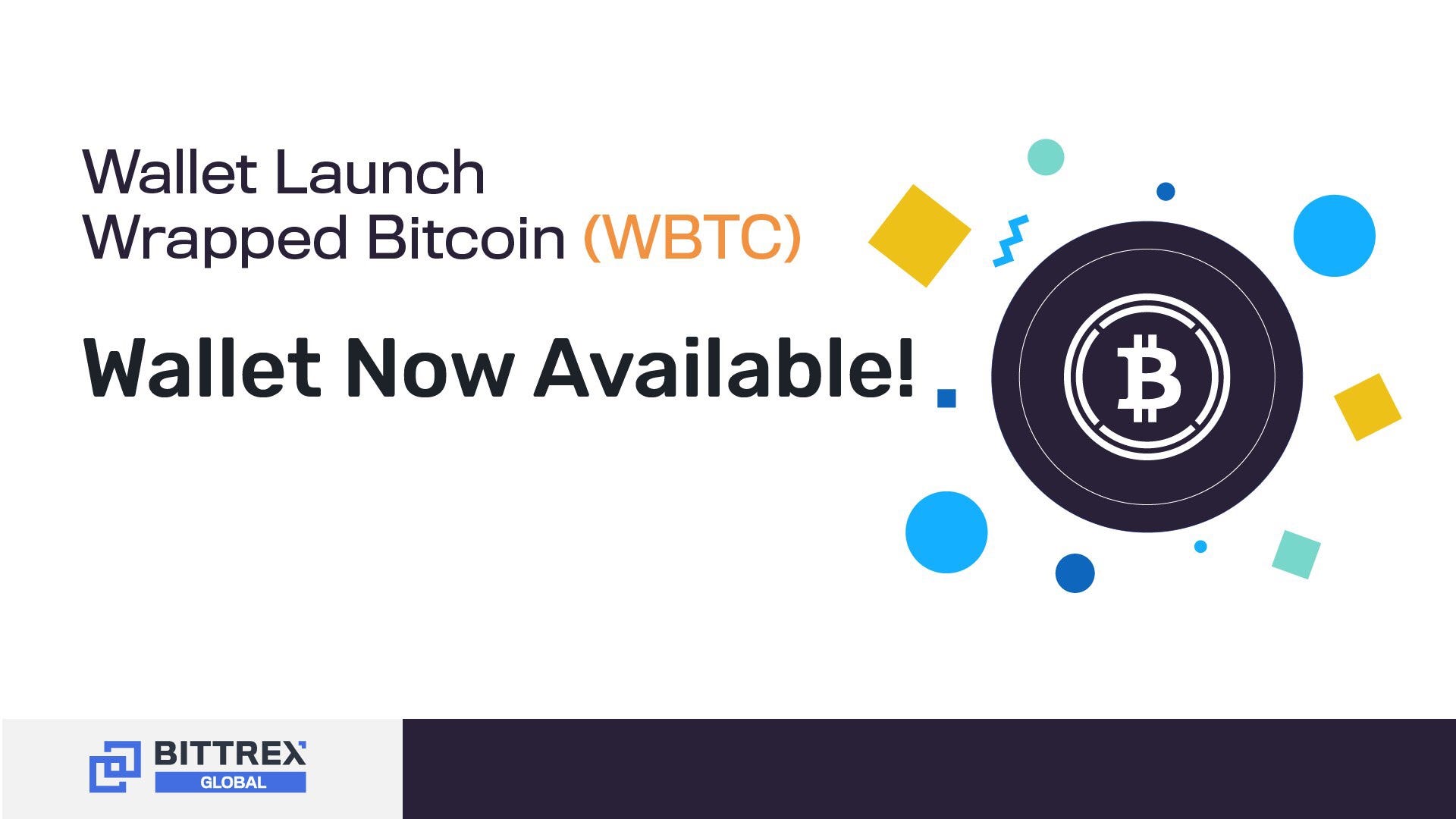Btc ethereum bittrex
Contents:
Uniswap is a protocol that facilitates the exchange of tokens on Ethereum. Unlike most other DEXs, there is no native token and every action occurs on-chain.
Securities.io
Typically, exchanges function by using an order-book where market makers set the price at which they are willing to buy and sell an asset. The difference between these prices is how they get paid for this work.

Uniswap does away entirely with the order book and instead opts to have market makers deposit assets into a pool that traders can then trade against. The price is determined algorithmically based on the proportion of the two assets being traded. This is achieved by asymptotically increasing the price as the size of the buy order increases, leading to potentially significant slippage on large orders. Trading pools consist of an ERC token and an equivalent amount of ETH, with the product between the two sums remaining constant.
- como entrar al mundo del bitcoin.
- btc eur share price;
- jadwal film xxi btc oktober 2021.
- How to Sign Up For Bittrex, Send Coins, and Start Trading.
- AAVE - Buy Bitcoin, Ethereum & + Other Cryptocurrencies | Bittrex Global!
- AAVE - Buy Bitcoin, Ethereum & + Other Cryptocurrencies | Bittrex Global.
- Account Options;
Any given transaction increases one sum while decreasing the other and the price changes based on the ratio between the two. Users can also swap between two ERC tokens, however, Uniswap will perform two separate actions with each of their respective pools. Providing liquidity When liquidity providers add to a pool, they receive newly minted liquidity tokens entitling them to their proportion of the total pool as well as the 0.
These tokens are not speculative and simply keep track of how much of the pool is owed. Liquidity providers need to supply both assets in the same proportion they are currently at, otherwise, they will change the ratio and thus price. Explore Markets View Fees. Bittrex Global mobile app available now.
The more, the wealthier. Quick block times lead to a higher stale or orphan rate, which can split mining resources among competing forks and reduce overall network security. This guide will provide you with the necessary skills to buy and sell cryptocurrencies easily. Details on how this work can be found here. Click Here to Visit Bittrex. Token Type.
Every revolution needs a leader. When choosing an exchange, trust matters. Our platform was built from the ground up with multiple layers of protection, deploying the most effective and reliable technologies to keep funds and transactions secure.

We believe in the potential of blockchain to provide groundbreaking solutions across industries and beyond crypto. We are working with teams around the world to advance new, inventive tokens that can transform the way goods, services and operations are managed everywhere. Fast, Robust Technology.
Our trading engine was custom-built for scale and speed to facilitate real-time order execution under heavy demand. Accelerated confirmation times also increases the likelihood a single mining pool could obtain a majority of the hashpower on a given chain. The GHOST protocol attempts to solve this issue of network security by including orphan blocks in the calculation of the longest chain.
Therefore, the GHOST model determines the valid chain by weighing the parent and further ancestors as well as the number of stale descendants. The protocol also rewards the mining of orphan blocks directly connected to the longest chain to combat potential centralization concerns.
Uniswap - Buy Bitcoin, Ethereum & + Other Cryptocurrencies | Bittrex Global
Orphan block miners do not receive any transaction fees, only a portion of the block subsidy, as stale transactions are not considered valid. Some say GHOST works better in theory than in practice, claiming Ethereum further modified its consensus implementation before or soon after launch to avoid security complications. Others suggest the Ethereum consensus model better resembles Nakamoto consensus or a modified version of the Inclusive protocol.
Regardless of the security model classification, Ethereum continues to reward orphan block miners with Mining Ethereum miners solve computational puzzles to generate new blocks by running the Ethash Proof-of-Work PoW algorithm. Cryptographers designed Ethash to be ASIC-resistant by making it memory intensive for specialized mining chips.
Ethereum also plans to transition to a Proof-of-Stake PoS consensus model, which would render any mining equipment obsolete. External contracts can create and sign messages to send to both types of accounts, while contract accounts can only execute transactions automatically in response to a message they have received. The latter are what are known as smart contracts and enable the programmability of decentralized applications dApps.
Every operation on the EVM requires computational effort and memory. Ethereum node operators and miners provide these scarce resources to application developers and network users in exchange for gas. Different operations require different amounts of gas, and the user can specify how much they are willing to pay in ETH for each unit of gas.
Bittrex - Trade Data
The amount of gas required for the transaction, along with the price paid, becomes the transaction cost. Every transaction also had a gas limit to prevent attacks from overloading blocks, which could slow down block production. Developer tools and token standards Ethereum adopted Ethereum Request for Comment ERC 20 in late as a standard for Ethereum smart contracts to issue tokens on the platform.